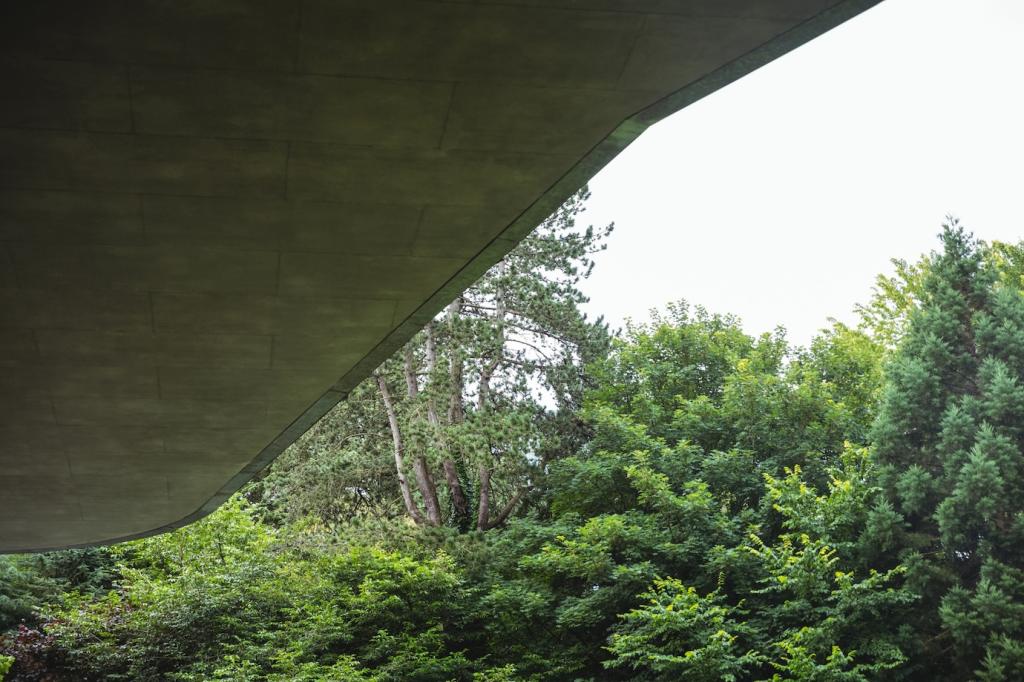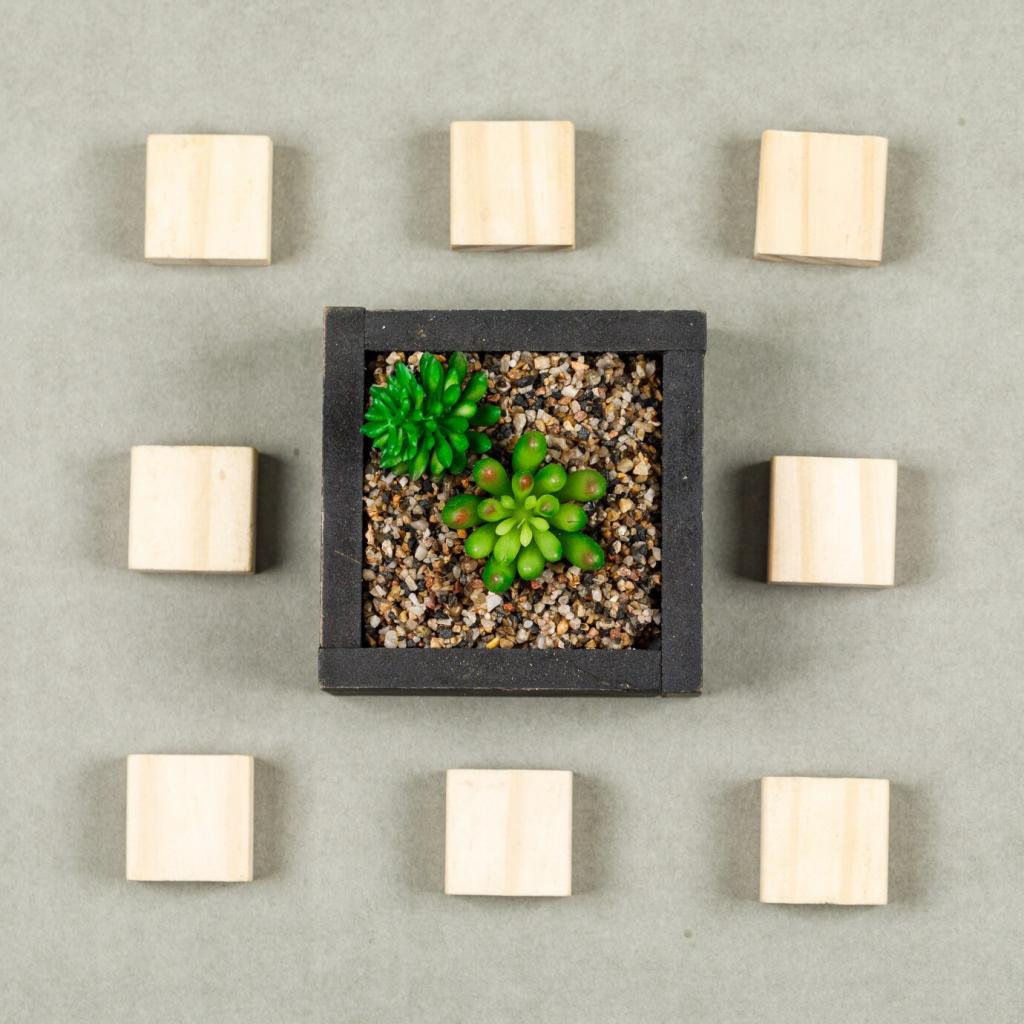Maintenance That Multiplies Benefits
Clear drains, remove windblown debris, and spot-weed quarterly. Inspect flashings and edges for damage after storms. Record plant cover and note any bare patches. What reminder schedule works for you—calendar alerts or a shared checklist? Tell us, and we’ll send a sample template tailored to green roof rhythms and regional conditions.
Maintenance That Multiplies Benefits
Hydrozoning groups plants by water needs, while moisture sensors prevent waste. During heat waves, morning deep watering keeps roots cool and resilient. Adjust emitters seasonally and check uniformity. Share your hottest month and typical drought length; we’ll recommend a right-sized irrigation plan that preserves plants without overbuilding complexity.









